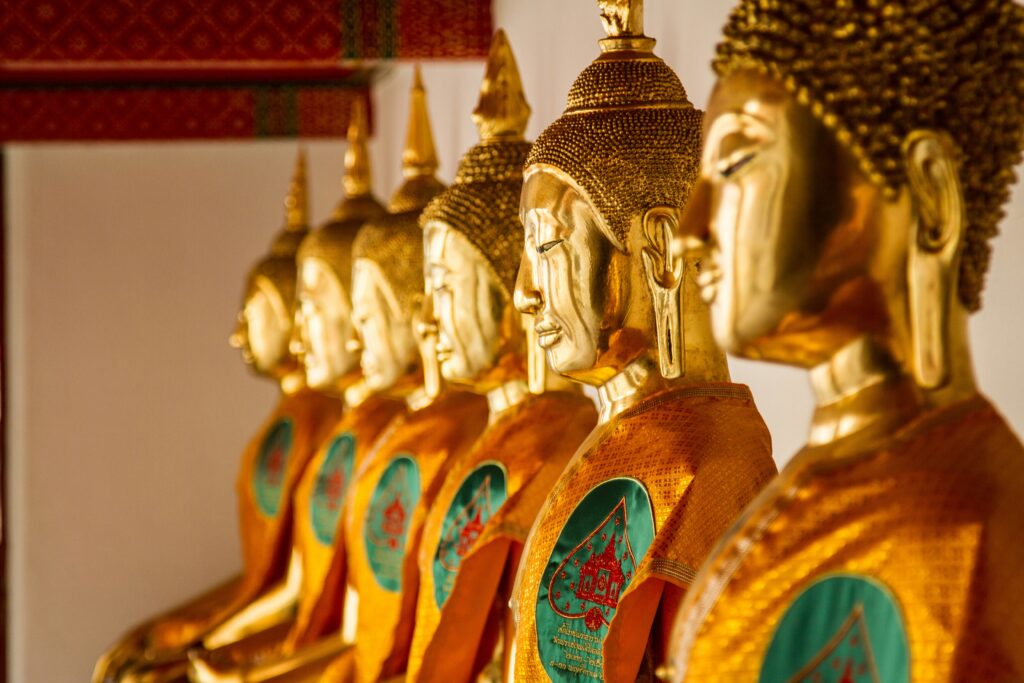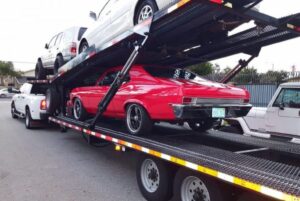
India, the birthplace of Buddhism, continues to honor the life and teachings of the Buddha through vibrant spiritual celebrations. Buddhist Festivals in India are not just religious observances—they’re soulful gatherings that blend devotion, culture, and community. Whether held in ancient monasteries or bustling temple towns, these festivals offer travelers a chance to witness rituals, chants, and traditions that have endured for over two millennia.
From serene candlelit processions to colorful cultural performances, each festival reflects the timeless values of compassion, mindfulness, and harmony.
🕊️ Buddha Purnima – The Most Revered Festival
Also known as Vesak, Buddha Purnima marks the birth, enlightenment, and Mahaparinirvana (passing) of Gautama Buddha.
- When: Celebrated on the full moon day in April or May.
- Where: Major celebrations in Bodhgaya, Sarnath, Kushinagar, and Delhi.
- Highlights:
- Prayer gatherings and sermons at Mahabodhi Temple (Bodhgaya)
- Offerings of flowers, candles, and incense
- Distribution of food and clothes to the needy
- Peace marches and meditation sessions
Buddha Purnima is the most significant Buddhist festival in India, drawing pilgrims and tourists from around the world.
🪷 Hemis Festival – Ladakh’s Spiritual Spectacle
Held at the Hemis Monastery in Ladakh, this festival celebrates the birth of Guru Padmasambhava, who introduced Vajrayana Buddhism to Tibet.
- When: Usually in June or July
- Where: Hemis Monastery, near Leh
- Highlights:
- Masked dances (Cham) performed by monks in vibrant costumes
- Ritual music with drums, horns, and cymbals
- Display of the monastery’s sacred thangka (scroll painting)
- Local markets selling handicrafts and traditional food
Hemis Festival is a visual and spiritual feast, ideal for culture lovers and photographers.
🪔 Kagyed Festival – Monastic Drama in Sikkim
Celebrated in the monasteries of Sikkim, Kagyed is a pre-New Year festival that symbolizes the destruction of evil and the welcoming of peace.
- When: Early December
- Where: Pemayangtse, Rumtek, and other monasteries in Sikkim
- Highlights:
- Cham dances depicting mythological stories
- Fire rituals and effigy burning
- Offerings and prayers for prosperity
Kagyed is perfect for those seeking Himalayan serenity and Tibetan Buddhist traditions.
🧘 Losar – Tibetan New Year
Though rooted in Tibetan culture, Losar is widely celebrated in Buddhist communities across India, especially in Himachal Pradesh, Ladakh, and Arunachal Pradesh.
- When: February or March (based on lunar calendar)
- Where: Dharamshala, Tawang, and Leh
- Highlights:
- House cleaning and decoration to welcome the new year
- Monastic rituals and offerings to deities
- Traditional dances, music, and feasting
- Exchange of greetings and good wishes
Losar blends spirituality with festivity, making it a joyful start to the Buddhist calendar.
🛕 Asalha Puja – Honoring the First Sermon
Also known as Dhamma Day, Asalha Puja commemorates Buddha’s first sermon at Sarnath, where he taught the Four Noble Truths.
- When: July (full moon day of the Asalha month)
- Where: Sarnath and other Theravada centers
- Highlights:
- Recitation of the Dhammacakkappavattana Sutta
- Meditation and Dharma talks
- Acts of generosity and community service
Asalha Puja is ideal for those seeking philosophical depth and quiet reflection.
🪔 Magha Puja – Celebrating Sangha Unity
Magha Puja honors the spontaneous gathering of 1,250 enlightened monks to hear Buddha’s teachings.
- When: February or March (full moon of Magha month)
- Where: Bodhgaya, Sarnath, and Theravada temples
- Highlights:
- Candlelight processions around stupas
- Chanting and meditation
- Offerings to monks and temples
Magha Puja emphasizes unity, discipline, and the power of collective mindfulness.
🛕 Other Regional Buddhist Festivals in India
Torgya Festival – Arunachal Pradesh
- Where: Tawang Monastery
- When: January
- Highlights: Cham dances, fire rituals, and prayers for peace and prosperity
Phang Lhabsol – Sikkim
- Where: Rabdentse and Pemayangtse Monasteries
- When: August or September
- Highlights: Celebrates Mount Kanchenjunga as a guardian deity, with warrior dances and offerings
Ganden Ngamchoe – Dharamshala
- Where: Namgyal Monastery
- When: December
- Highlights: Honors the death anniversary of Je Tsongkhapa, founder of the Gelug school
These regional festivals offer unique insights into local Buddhist traditions and practices.
🧳 Travel Tips for Experiencing Buddhist Festivals in India
- Plan Ahead: Festival dates follow lunar calendars—check local schedules before booking.
- Respect Rituals: Dress modestly, maintain silence during prayers, and follow monastery etiquette.
- Stay Nearby: Choose accommodations close to monasteries or temples for easy access.
- Participate Mindfully: Join meditation sessions, volunteer, or attend Dharma talks to deepen your experience.
Traveling during Buddhist festivals is not just about witnessing—it’s about participating with presence and respect.
🌟 Why Explore Buddhist Festivals in India?
Buddhist Festivals in India offer more than celebration—they offer connection. Connection to ancient wisdom, to community, and to the quiet joy of spiritual practice. Whether you’re lighting a candle at a stupa, watching monks dance in the Himalayas, or listening to chants under the Bodhi Tree, these festivals invite you to pause, reflect, and feel.
They’re not just events—they’re experiences that stay with you long after the drums fade and the incense clears.



